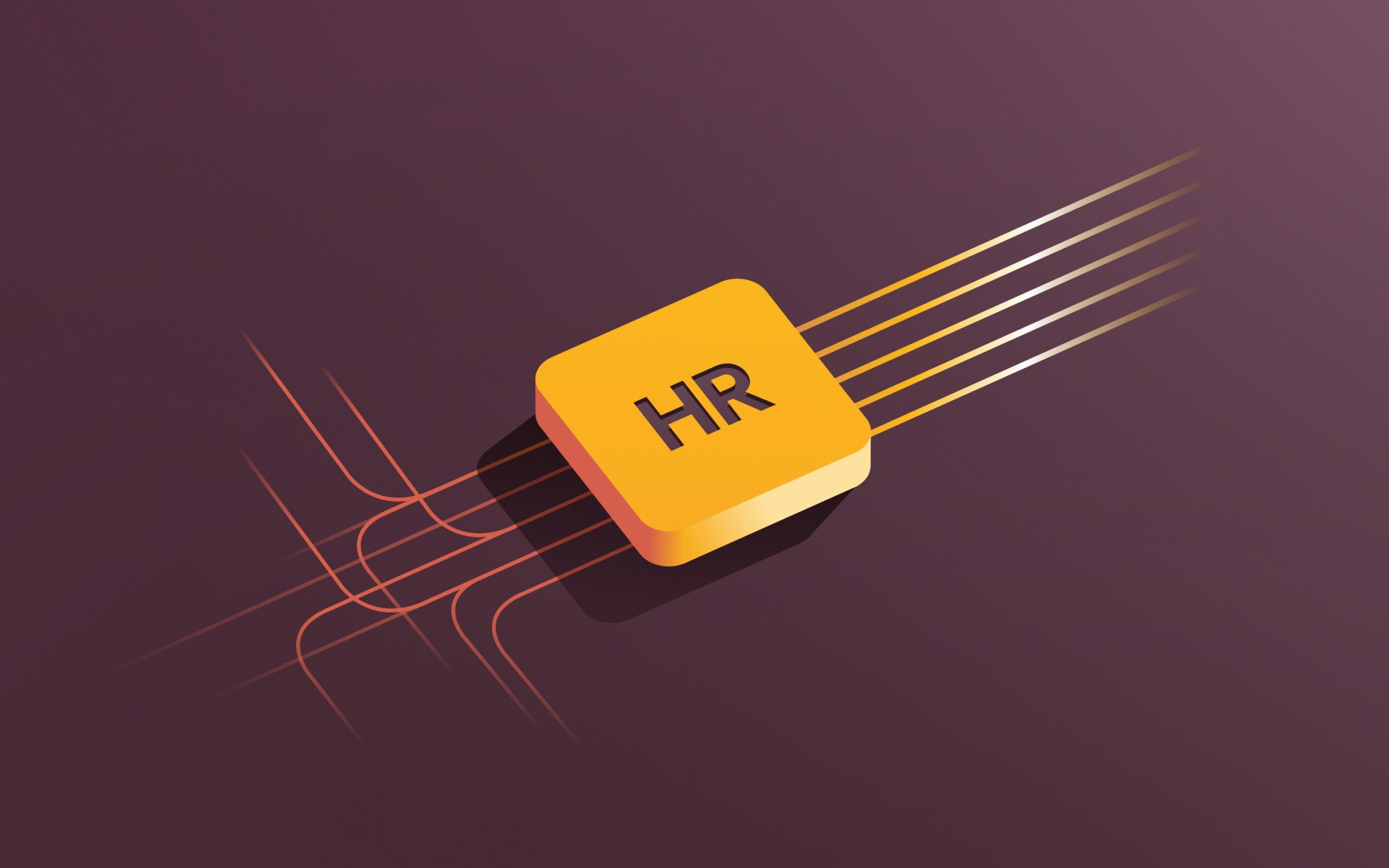Disciplinary action at work: Complete HR guide with examples

Implementing disciplinary actions in the workplace is an essential part of maintaining a fair, productive, and legally compliant work environment.
Every HR team and every group of managers needs to understand their organization’s policy for disciplinary actions—by following company policies, employers can address misconduct, infractions, and unacceptable behaviors in a consistent manner. In this guide, we’ll outline key steps to help HR managers and other stakeholders implement progressive discipline effectively. We’ll also provide examples of the types of disciplinary actions for employees, including verbal warnings, written warnings, suspensions, and demotions, alongside policy considerations and legal guidelines.
Whether you’re wondering what disciplinary action is or looking for more specific tips (like how to write a final warning), this guide will help you explore how discipline can help employees, managers, and employers uphold company policies while preventing infractions, serious incidents, and other offenses that can negatively impact workplaces.
What is disciplinary action in the workplace?
A disciplinary action in the workplace is any formal process involving the discipline of an employee in response to misconduct, poor performance, or other behavior that violates company policies. This discipline often takes the form of progressive discipline, where employers escalate consequences based on the severity of the situation and the employee’s history of infractions.
The main purpose of a disciplinary action is to inform the employee about the unacceptable behavior or performance issue and give them a fair opportunity for improvement. Effective discipline isn’t about punishment; rather, it’s about corrective action that helps the employee recognize their misconduct or performance shortfall and work toward a solution. By documenting disciplinary actions in writing and following clear procedures, HR and managers can ensure consistency and legal compliance.
Why are disciplinary actions important?
Disciplinary actions are critical for several reasons. Below are three key benefits of disciplinary action in the workplace.
1. Maintains workplace morale and fairness
When employers and HR managers enforce company policies in a fair, consistent way, it fosters trust among employees. It shows that any misconduct, infractions, or unacceptable behavior are taken seriously and will lead to consequences. This helps maintain a healthy work environment by ensuring that employees who follow the rules are not overshadowed by those who repeatedly violate policy or cause incidents.
2. Provides a framework for addressing performance
Using progressive discipline gives managers and HR a structured way to guide employees toward better performance. It starts with less severe measures—like a verbal warning—and can escalate to a written warning, suspension, or even termination, depending on the severity of the offenses and how often an employee fails to address performance or misconduct issues. This outline helps managers remain consistent in their approach to handling disciplinary actions.
3. Prevents legal issues and ensures compliance with labor laws
Disciplinary actions that follow a clearly outlined policy framework can help employers avoid costly legal consequences. By documenting each step, HR can show that they have acted fairly and provided the employee with opportunities for improvement. This is especially important in cases involving misconduct, harassment, or discrimination, where the severity of the behavior can escalate quickly, and a thorough investigation may be required.
4 disciplinary action examples
Below are four types of disciplinary actions for employees that HR managers and employers may use. The choice of action typically depends on the severity of the employee’s misconduct, the frequency of infractions, and the company’s overarching policy.
1. Verbal warnings
A verbal warning is the first and often least severe step in progressive discipline. The manager or HR professional meets with the employee to discuss the incident, outline why the behavior is unacceptable, and clarify how to make improvements. Although it’s called a verbal warning, the incident should still be documented in writing for future reference.
2. Written warnings
When an employee continues to show misconduct or fails to improve their performance after a verbal warning, the next step is often a written warning—a more formal stage of discipline. Written warnings detail the specific behavior or infraction that occurred, reference company policies, and specify the consequences if the employee does not make the required improvements.
3. Suspensions
For more severe or repeated violations, a suspension may be imposed. Suspensions temporarily remove an employee from the workplace, typically without pay. This action underscores the severity of the offense(s) and gives the employee time to reflect on their behavior. In the event of a suspension, managers and HR may also require the employee to commit to a performance improvement plan upon returning to work.
4. Demotions
A demotion is a step down in job title, responsibilities, or pay due to misconduct, ongoing poor performance, or repeated infractions. Demotions can be used when the employee has the potential to succeed in a less demanding role but has shown they cannot fulfill their current responsibilities without repeated discipline. HR should clearly define what the demotion entails and how the employee can rebuild trust and credibility.
When to implement disciplinary actions at work: 4 reasons
Employers often resort to disciplinary actions under certain circumstances. Below are four common reasons HR managers choose to discipline an employee.
1. Employee misconduct
Employee misconduct includes behavior like theft, fraud, bullying, or other violations of company policies. Depending on the severity of the incident, employers might initiate progressive discipline starting with a verbal warning, escalating to a written warning, a suspension, or even termination.
2. Poor performance
When an employee consistently fails to meet performance goals, managers can use disciplinary actions to encourage improvement. This might involve creating a performance improvement plan and issuing written warnings if the employee does not show measurable improvement within a set timeframe.
3. Sexual harassment
Sexual harassment is a serious offense that can quickly lead to severe consequences for the employee involved. HR must conduct a thorough investigation to determine if the behavior violates company policies or relevant laws. Depending on the findings and severity, disciplinary actions can range from a final warning to termination.
4. Discrimination
Any form of discrimination based on race, gender, age, religion, or other protected characteristics is strictly prohibited in most workplaces. If an employee engages in such misconduct, it can result in a formal disciplinary action, up to and including termination, once the incident has been investigated. HR managers must ensure that their company policies (often found in the employee handbook) clearly prohibit discrimination to comply with relevant laws.
The disciplinary process: 4 key steps
A disciplinary process should be clearly outlined in your company policies and employee handbook. Below are four key steps that employers and HR can follow:
Step 1. Identify the issue
Recognize the incident or infraction that requires disciplinary action. This could be misconduct, poor performance, harassment, or any other unacceptable behavior in the workplace.
Step 2. Investigate thoroughly
Before taking any formal steps, HR and managers should conduct a careful investigation. Gather all relevant documents, speak to employees involved, and clarify the details of the incident. A proper investigation helps you avoid wrongful terminations or unfair punishments.
Step 3. Communicate with the employee
Meet with the employee to explain the investigation findings and the specific misconduct or performance issue. Allow the employee to offer their perspective. Clearly outline how their behavior or conduct needs to change and mention possible consequences if improvements are not made.
Step 4. Determine appropriate disciplinary action
Based on the severity of the behavior and the results of the investigation, decide on the best disciplinary action. This can range from a verbal warning or written warning to a suspension, demotion, final warning, or termination. The choice should align with your policy and the nature of the infractions.
How to write a disciplinary action: 3 tips
Creating a formal disciplinary action document is crucial for HR managers looking to establish a consistent approach to misconduct or performance issues. Here are three best practices:
1. Describe the impact of the issue
When writing the disciplinary action document, clearly state how the employee’s behavior or performance has affected the workplace and other employees. Include any relevant incident details, referencing investigations, statements from other workers or witnesses, or any company policies that were violated.
2. Be specific on behavior
Explain in writing exactly what went wrong. If it’s tardiness, note how often the employee has been late. If it’s misconduct such as harassment, provide specific examples of what was said or done. Vague language leads to confusion and can weaken your case if legal challenges arise.
3. Clarify expectations
End the document by outlining what improvements are required, any performance improvement plan steps, and the timeframe for these changes. State the consequences if the employee does not adhere to the action plan, whether that means a final warning, suspension, or termination.
Employee discipline form template
Using a consistent employee discipline form helps HR and managers ensure all critical details are documented. Below is a template you can adapt:
Disciplinary action policy: 3 key elements
A solid disciplinary action policy helps make sure that employees are aware of company policies on behavior and performance expectations. Below are three key elements your policy should include:
1. Policy goals and scope
Clearly define the purpose of the policy in your employee handbook and other relevant documentation. Explain how it applies to all employees, managers, and workers across different departments. Having this outlined ensures everyone understands why a discipline action policy is needed.
2. Rules and expectations
Detail acceptable vs. unacceptable behaviors, such as tardiness, harassment, discrimination, or other misconduct. Make sure your company policies align with the relevant laws and regulations for your jurisdiction. Having these rules outlined prevents confusion and helps employers remain consistent.
3. Disciplinary process
Explain your procedures for progressive discipline, from a verbal warning to a written warning, suspension, demotion, or termination. Emphasize the importance of documentation and investigation. Highlight how consequences escalate based on the severity of the incident.
Legal considerations for disciplinary actions at work
Employers must make sure that their disciplinary actions comply with labor laws, anti-discrimination laws, and other regulations. The investigation stage is crucial to confirm misconduct and avoid wrongful termination.
Additionally, your privacy policy should protect personal information and outline how HR and managers handle documents related to each incident. Following all relevant policies and conducting a thorough investigation can help reduce legal risks and prevent allegations of improper or illegal punishments.
Rippling: Easier disciplinary processes for your business
Only Rippling offers everything you need to develop and retain talent with end-to-end performance management—including tools to make disciplinary actions easier for your managers, HR team, and other stakeholders.
With Rippling, you can set continuous feedback in motion by scheduling reviews at whatever interval makes sense for your organization—monthly, quarterly, annually, or a custom cadence—or trigger reviews based on employee data or events, like 30-60-90 check-ins to help new hires ramp.
When managers need to have tough conversations with their direct reports, equip them with structured templates to help guide their performance conversations. And then, help low-performers get back on track by creating a development plan and setting a custom cadence for progress check-ins.
FAQs on disciplinary actions at work
Below are some common questions HR managers and employees may have about disciplinary actions:
How long does disciplinary action last?
The timeframe varies depending on the policy. Some offenses remain on an employee’s record for six months to a year, while more severe issues may remain indefinitely. Company policies should clarify how long disciplinary documents are retained.
How can companies prevent the need for disciplinary action?
Encouraging open communication, offering regular performance feedback, and writing clear policies can all reduce misconduct and infractions. A proactive approach, such as a performance improvement plan for struggling employees, often prevents escalations.
Can an employee appeal a disciplinary action?
Many employers allow appeals. Check your policy and employee handbook to see if procedures exist for employees to challenge or discuss formal discipline. Often, appeals involve further investigations or a review by another HR representative.
What is the difference between corrective action and disciplinary action?
Corrective action focuses on helping an employee improve or adjust their behavior through coaching, training, and support. Disciplinary action usually follows more severe infractions or repeated misconduct and can lead to punishments, such as written warnings, suspensions, demotions, or termination.
This blog is based on information available to Rippling as of January 31, 2025.
Disclaimer: Rippling and its affiliates do not provide tax, accounting, or legal advice. This material has been prepared for informational purposes only, and is not intended to provide or be relied on for tax, accounting, or legal advice. You should consult your own tax, accounting, and legal advisors before engaging in any related activities or transactions.










